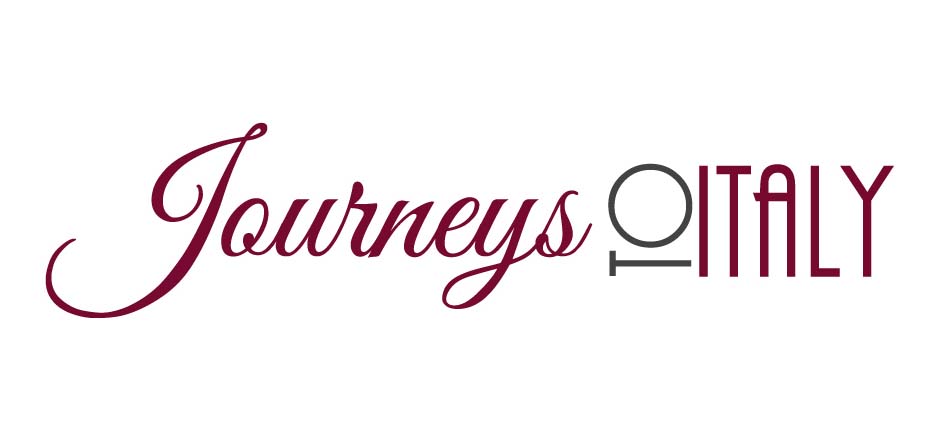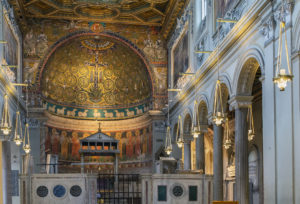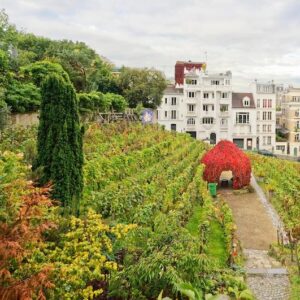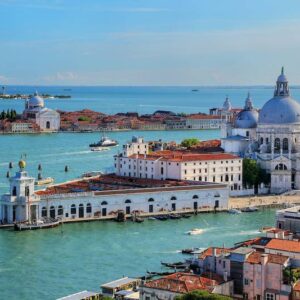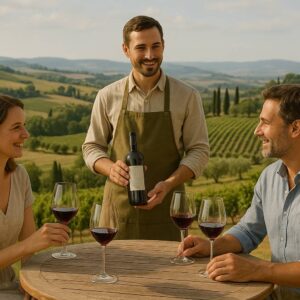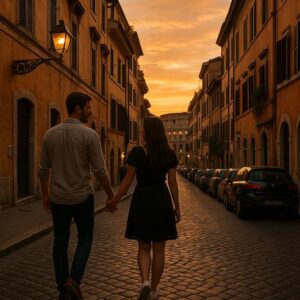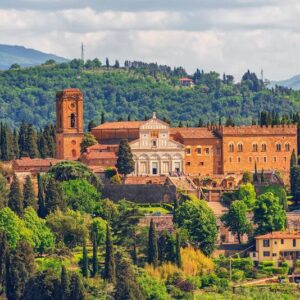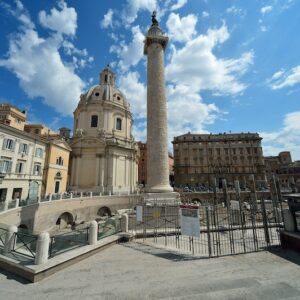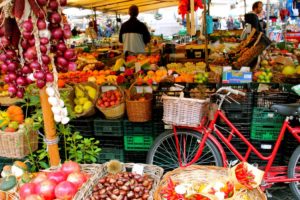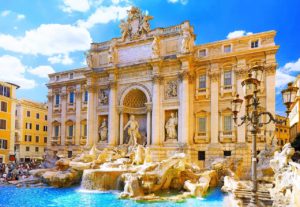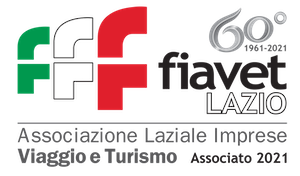Easter traditions in Italy are many and differ from region to region: this is the most important holiday after Christmas.
If you want to visit Italy during “Pasqua”, italian for Easter, you surely want to know more about their traditions. Keep reading to discover traditional recipes, secular habits and religious celebrations.
Italian children nowadays mainly spend the Easter holidays keeping busy decorating eggs, drawing cards and writing poems for their families and collecting chocolate eggs to open and look for for surprises on Easter day. Luckily, though, most of Italian religious, artistic and culinary traditions are still very much alive and visiting Italy during Easter is a fantastic way to immerse in their culture.
- Before Easter: Palm Sunday, Altar of Repose and Good Friday
Religious celebrations for Catholics start from Palm Sunday, a Christian feast that falls on the Sunday before Easter.
To commemorates Jesus’ triumphal entry into Jerusalem, people join worship services, which include a procession holding palms in their hands, to represent the palm branches the crowd scattered in front of Jesus as he entered Jerusalem.
Since palms are not commonly found in Italy, people are given olive trees’ branch: during Palm Sunday they go to Church, join the Mass and then bring home an olive tree branch which they usually keep at home as a sign of Peace and Devotion all year round.
On the night of the Thursday preceding Easter, Catholics prepare themselves joining a special ritual called “Altar of repose”: the Communion hosts are consecrated during the Mass of the Lord’s Supper and are placed or “reserved”, to be used on the following day, Good Friday. Between the time of Jesus’ death and his resurrection, mass cannot be celebrated. Therefore communion hosts cannot be consecrated and any hosts used on Good Friday must have been consecrated previously. People on Maundy Thursday go to their local Church and sit in front of the Hosts, in Chapels adorned with flowers, singing and praying until late at night.
The next day is Good Friday. On this day Christians commemorate the crucifixion of Jesus Christ and his Death on the Calvary through solemn processions where scenes from the Passion and Death of Christ are brought alive with actors, costumes and symbols traditionally linked with Jesus death like nails, the hammer, the Crown of Thorns, the Cross and so on. All over Italy, hundreds of processions with different rituals take place on Good Friday. In Rome, the Pope also participates in a huge procession that starts at the Colosseum.
- Celebrating Easter in Italy: Pasqua and Pasquetta
Forget the solemn rituals of Good Friday. The day of Easter and the Monday after are public holiday throughout Italy and bring with them joy and celebration.
Since Spring has already come, it is wonderful time to be in Italy. Unlike Christmas, when families prefer to stay indoors, at Easter everyone seems to be in the streets, going to church and celebrating in their own way. There is the reason behind a famous saying in Italian that goes like this: Natale con i tuoi, Pasqua con chi vuoi, literally: Christmas with your family and Easter with whomever you like.
Many leave for their hometown, many take a trip to a different region or abroad, others simply spend the Easter day at home with their relatives eating traditional dishes. The Monday after is commonly referred to as “Pasquetta” (little Easter): Italians look forward to it because they usually plan to spend it outdoors, usually making a pic-nic or going to the sea. This has little to do with religion: it is mainly an excuse to enjoy the warm weather in nature with friends and nice food, playing ball and card games and chill out.
- Traditional Easter food and recipes in Italy: Colomba and Easter Eggs
Each region of Italy has different dishes but chocolate eggs with surprises and “Colomba” cakes can be found throughout the country. “Colomba” (“Easter Dove” in English, since doves are the symbol of peace, just like the olive branch mentioned before ) is an Italian Easter cake created in Milan at the start of 1900. It can be regarded as the counterpart of the Italian Christmas desserts, panettone and pandoro. More popular among children (and adults as well!) are big chocolate eggs wrapped in glittery paper , displayed in the windows of every coffee bar and supermarket, sometimes many months before Easter. These eggs are hollow, but each one has a toy or present inside and this keep kids thrilled to find out their surprises. Nowadays many brand produce eggs for adults as well, putting inside present more suitable for grown-ups. Bunnies, on the other side, are not very common in Italy: for Italian the symbol of birth is mainly the Egg.
Unlike eggs and “Colomba” other dishes and recipes are peculiar to every region. The most famous are sweet and savoury versions of “Pizza di Pasqua” in central Italy, Sweet “Pastiera” cakes and savoury “Casatiello” pies in Naples and the very sweet “Cassata” in Sicily, which you can find all year round, anyway. Popular food all over Italy during Easter is also Salami and eggs (also eaten for breakfast), artichokes and lamb dishes.
- Easter celebrations in Rome and Florence
If you are in Rome and you’re interested in joining religious parades and masses during Easter, don’t miss the traditional Via Crucis taking place at the Colosseum on Good Friday at 9:15 pm.
On Easter day go to St. Peter’s Basilica at 10 am and join the Mass. At the end of the celebration Pope Francis will give his blessing from the balcony and you can participate to the “Urbi et Orbi” message he will give to the crowd in Piazza San Pietro.
If you have planned to spend Easter in Florence you will take part of a very special tradition called Explosion of the Cart: it starts around 10am, when a priest become rubbing three flints together until they spark and light an Easter candle; this candle is then used to light coals placed in a special box kept on the Cart. The procession delivers this Holy Fire to the Archbishop of Florence near Santa Maria del Fiore, better known as the Duomo. The procession is accompanied by drummers, flag throwers and actors dressed in historical costumes, together with city officials and clerical representatives.
